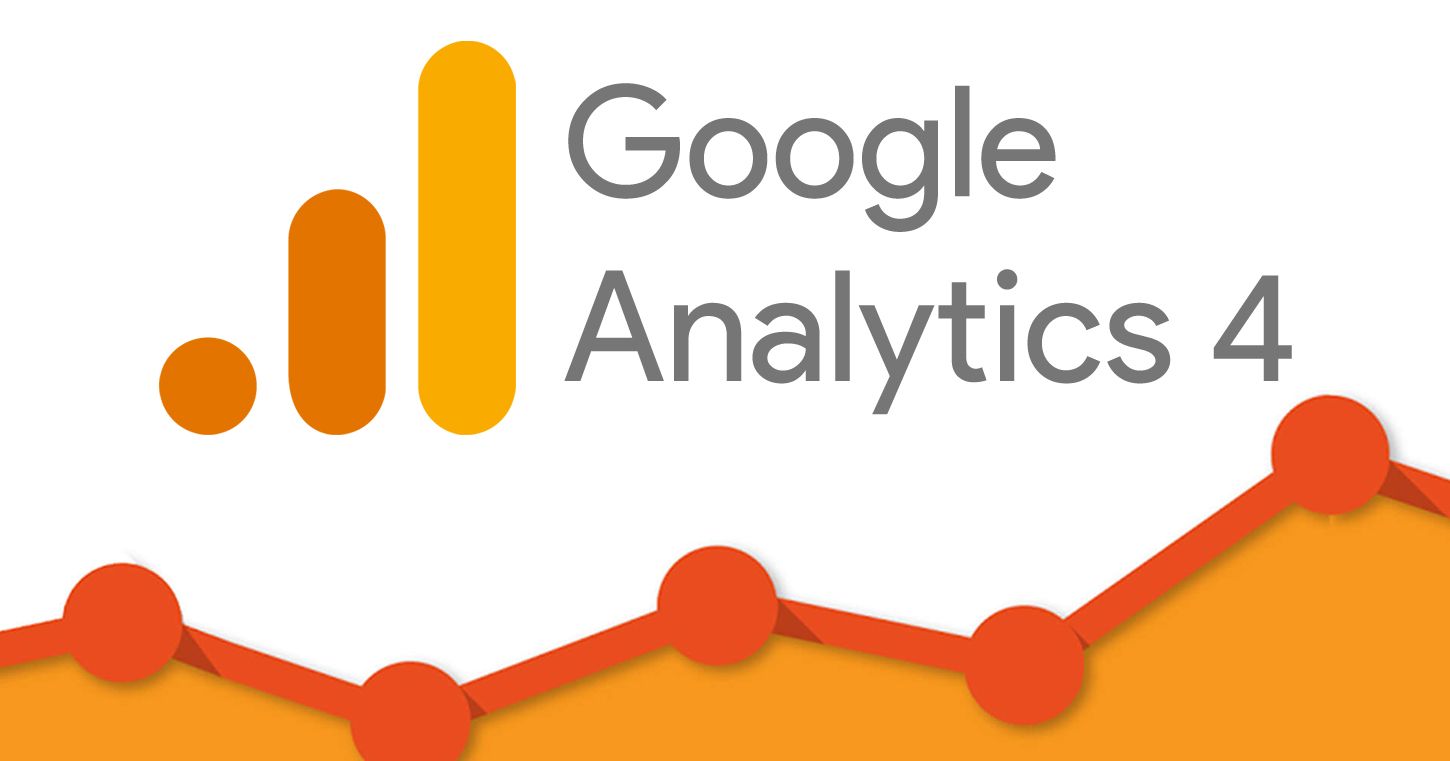10 Ways to Optimize a Piece of Content
10 Ways to Optimize a Piece of Content

When you search for information online, Google’s job is to show you the best content first. Thanks to its core algorithm, Rank Brain, Google has become more sophisticated at identifying the best content. But, Google can’t do it all on its own. It needs help – and that help comes in the form of optimization.
As you go through your content, it’s helpful to follow a simple checklist to ensure that you’re not missing anything. Below are ten critical ways to optimize your content.
1. Title Tag
The title tag is always shown in the <head> block or the beginning of a web page’s source code. It’s wrapped in the <title> HTML tag and visible as the headline of the search listing on the results pages.
The purpose of a title tag is to be clear about the content that can be found on a particular page. The best title tags are 50-60 characters long and fit in the width of the device. Title tags should be descriptive and avoid keyword stuffing.
2. Meta Description
The meta description is the text listed below the headline of your search result. It doesn’t influence your rankings directly, but it should not be ignored because it makes all the difference in a person clicking on your listing or not.
A meta description is a brief summary of what the page is about and can hold up to 160 characters. Anything after this will be cut off, so keep your meta descriptions short, clear and concise. Include a couple of keywords, too.
3. Section Headings
Section heading elements were originally designed to resize text on a web page, with H1 being used to style the largest text on the page. This has less effect these days thanks to improved coding. Still, section headings are helpful for the search engines, as they tell them how content is organized around a particular topic.
H1 tags are used for main sections, H2 tags are used for secondary topics and H3 tags are for subsequent sections. When you apply these headings, you can organize content in an easily digestible way.
4. Internal Linking
Internal links are hyperlinks within your text that point back to your own site. Do not insert hyperlinks for the sake of it but rather to provide value to the reader.
When choosing other pages to link to, stick to “deep” pages – not a general home page or service page. Point users to a blog post that goes into more detail about a particular topic. If there is another source that will provide more value to the reader, link out to this content instead.
5. External Linking
External linking is similar to internal linking, except that it links out to another domain. Choose high quality sources that will help your visitor’s search. This will provide them with a good user experience while also acknowledging someone else’s website. Just be sure that the site you are linking to is credible and contains information you believe in or support.
6. SEO-friendly Images
Visual search is already becoming a fast and effective way to search for information. Images offer additional benefits that can help your website be discovered in visual searches. For example, images break up large blocks of text, provide additional context and engage visitors. Also, content that contains images can also improve shareability.
7. Open Graph Tags
Open graph tags, or OG tags, are similar to other types of structured data but are related only to social media sharing. If a page title is available, Google looks to OG tags to show the user. Many people forget about OG tags because they are built into most content management systems. Still, it’s important to give attention to these tags because they determine how your content is shown on the social networks.
8. Meta Robots Tags
Meta robots tags help Google find your content so that it can be properly indexed. In order for Google to crawl your pages, place an INDEX directive in the content field. Google will then be directed to crawl your page, and if it’s relevant and high in quality, it will be included in the search results.
Other meta robots tags to be aware of are:
- NOINDEX. This tells the search engine to exclude the page from their index, popular for Thank You pages or Login pages.
- NOFOLLOW. This lets the crawler know that they should ignore all links on the page.
- NOARCHIVE. This instructs the crawler to exclude the page from being cached in the search results.
- NOSNIPPET. This prevents a description from being shown in the headline in the search results.
9. Canonical Tags
A canonical tag tells the search engines that the URL in the tag is the “master copy” and should be included in the search results. When used correctly, it prevents multiple URLs with the same information from competing against each other on the search engine results pages.
So, if you have two domains with similar information, you can use canonical tags to tell Google that one URL is the “single point of truth.” Still, canonical tags are tricky because they have to do with duplicate content, which can become a problem in organic search.
10. Page Speed
Speed cannot be forgotten. The purpose of using a search engine is to get quick, accurate results. If the information on your page is high in quality but it takes too long to load, visitors will bounce off the page and go somewhere else. Ideally, your pages should load in 1-3 seconds. If your page goes from 1 to 5 seconds, bounce rates increase to 90%!
To determine how quickly pages are loading, test them using Google PageSpeed Insights. You can also test many pages at once using a tool like Screaming Frog or Sitebulb. If it turns out that your pages are taking too long to load, you will need to work with your web developer to increase page speed by enabling compression, minifying code, reducing redirects and more.
Conclusion
While it’s important to craft compelling content that answers the needs of your audience, effective content goes beyond this. There are many technical elements that must be addressed to ensure your content is being indexed correctly. By following these ten optimization steps, you can produce high quality content that appeals to both the search engines and readers. For a more in depth review of your technical SEO, contact WSI Net Advantage at 510-687-9737.
About the Author
Kevin Dean, President of WSI Net Advantage…
The Best Digital Marketing Insight and Advice
We are committed to protecting your privacy. For more info, please review our Privacy and Cookie Policies. You may unsubscribe at any time.
Don’t stop the learning now!
Here are some other blog posts you may be interested in.


